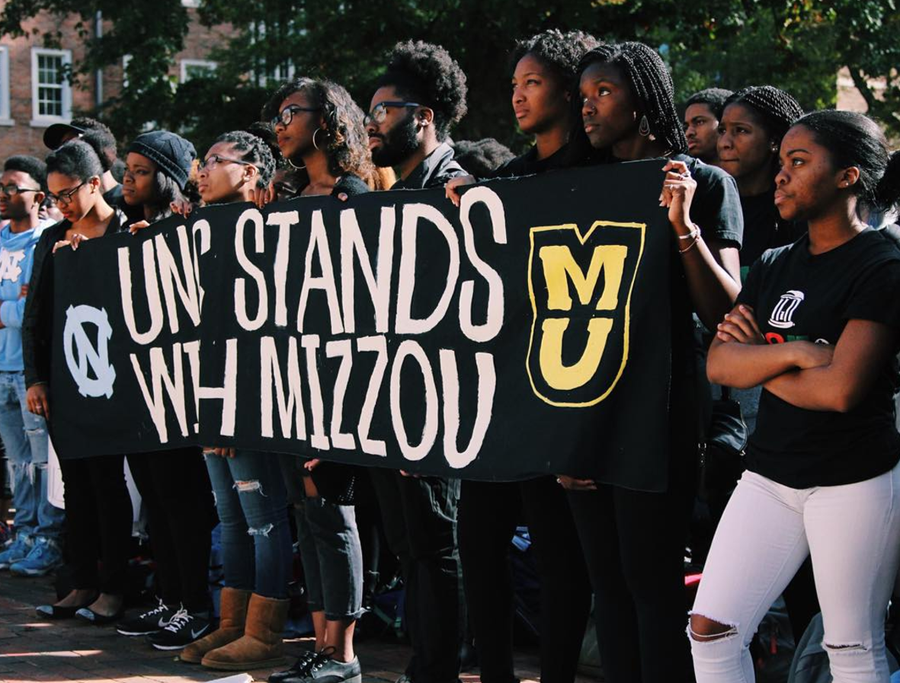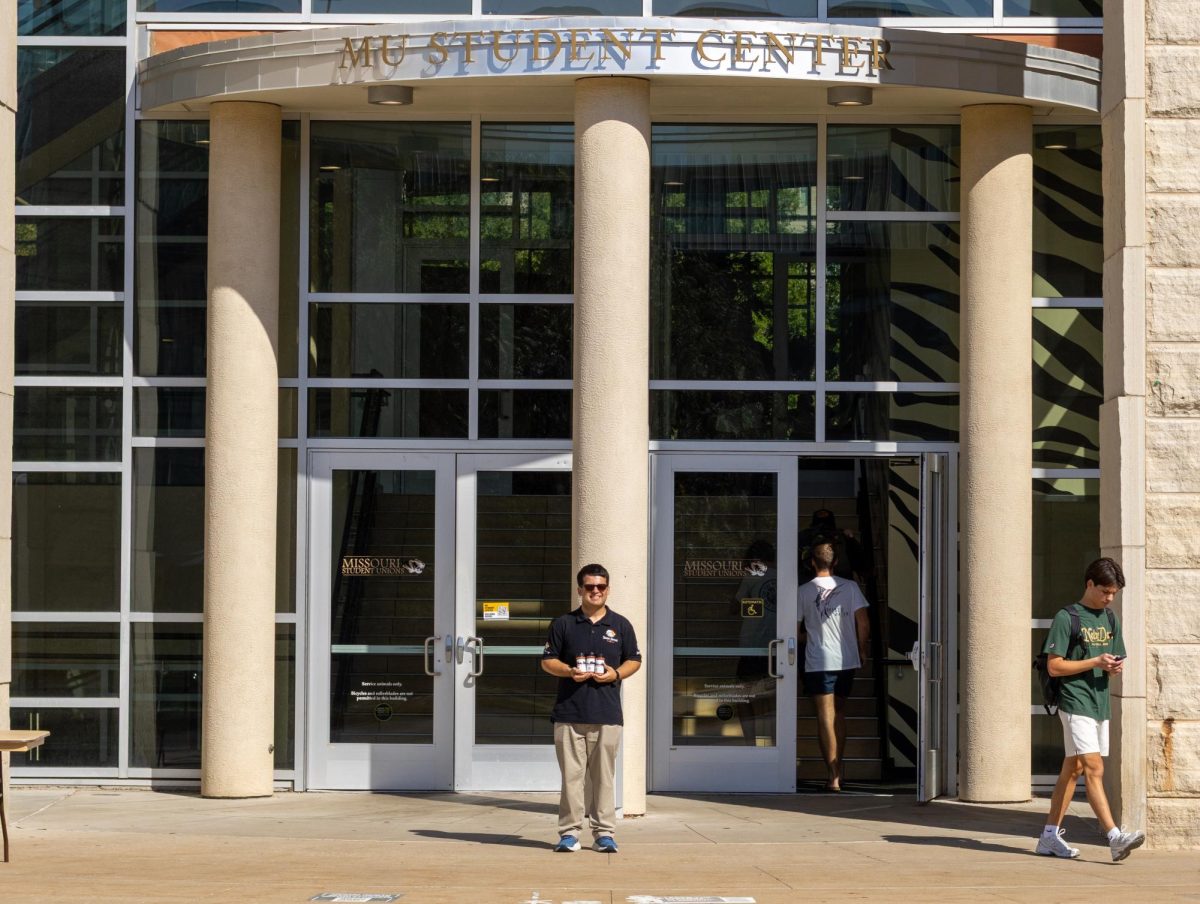Last November, MU sparked a surge of student protests over racial tensions on campuses throughout the nation. A year later, these universities have made strides to improve the atmosphere of their campuses.
**Yale**
As a result of some Yale students who wore blackface for Halloween in 2007, Yale’s
Intercultural Affairs Committee sent an email last October reminding students to be sensitive and respectful of others in their Halloween costumes.
In response, Erika Christakis, a lecturer at Yale and an administrator of Silliman College, one of Yale’s 12 residential colleges, sent out an email that sparked controversy. Christakis encouraged students to dress as they wish for Halloween, culturally insensitive or not, and for those offended to “look away.”
This email outraged students who saw Christakis’ message as undermining the importance of racial and cultural sensitivity. In addition to the outcry over this email, fraternity house Sigma Alpha Epsilon sparked dissent after news got out that they obstructed black females from entering a party. To complete this string of events, students called for Yale to change the name of its Calhoun College—named after 19th century politician and white supremacist, John C. Calhoun.
Since these incidents, Christakis has resigned from her position. Her husband, then-master of Silliman College, took a year sabbatical.
Following the email incident, students made a list of demands, which the college responded to in launching a $50 million initiative to build a more diverse faculty. In regards to SAE, the fraternity has disassociated itself from the national chapter and now goes by “Leo.” This rebranding happened only a few months after Yale College Dean Jonathan Holloway’s barred Yale’s chapter of SAE from campus and forbade the frat from using the SAE name in association with the university.
In response to the calls to change the name of Calhoun College, Yale has decided to keep the name and instead, ditch the title of “master,” which was used for faculty members who headed Yale’s residential colleges. Its two new residential colleges will also be named after Benjamin Franklin and Anna Pauline Murray, an African-American legal scholar and civil rights activist who graduated from Yale Law School in 1965.
**Ithaca College**
In solidarity with MU and Yale, more than 1,000 students participated in a walkout at Ithaca College during the school’s family weekend last year. The walkout was organized by the group People of Color at Ithaca College, or POC at IC. The main demand was that the university’s president, Tom Rochon, step down. The protest was organized in an attempt to recognize the adversity that students of color face on campus.
Rochon has since announced that he will step down July 2017.
“Since last fall, the college has implemented a number of initiatives to increase diversity and inclusion on campus,” according to The Ithacan, the campus newspaper. Such reforms include “creating a chief diversity officer position, diversity workshops for staff, a Sakai site dedicated to informing the campus community about diversity and inclusion issues, and diversity requirements for the faculty hiring process.”
**Princeton University**
More than a hundred Princeton students participated in a 32-hour sit-in last year in the office of university President Christopher Eisgruber. Prior to the sit-in, protest leaders from the Black Justice League, a group on campus, read a list of demands. The most attention-grabbing demand was that the school cast off the name and imagery of Woodrow Wilson throughout campus.
Wilson was a former professor and president of the university in addition to the 28th president of the United States. The group repudiated Wilson’s name due to his opposition to admitting black students and his support of the Ku Klux Klan.
A 10-member committee was put together to consider this request. The group decided to uphold the names of the Woodrow Wilson School of Public and International Affairs and Woodrow Wilson College as a way “to be honest and forthcoming” about the university’s history, and to retain transparency. However, the group does maintain that Princeton has changes to make in order to achieve an inclusive, diverse campus. The university has taken the group’s advice seriously, and has fostered initiatives to achieve an accepting campus environment.
Such initiatives include “the start of the University’s new dean for diversity and inclusion, LaTanya Buck, and new and redesigned diversity programs during undergraduate and graduate student orientation,” according to the university’s website.
_Edited by Katherine White | [email protected]_








